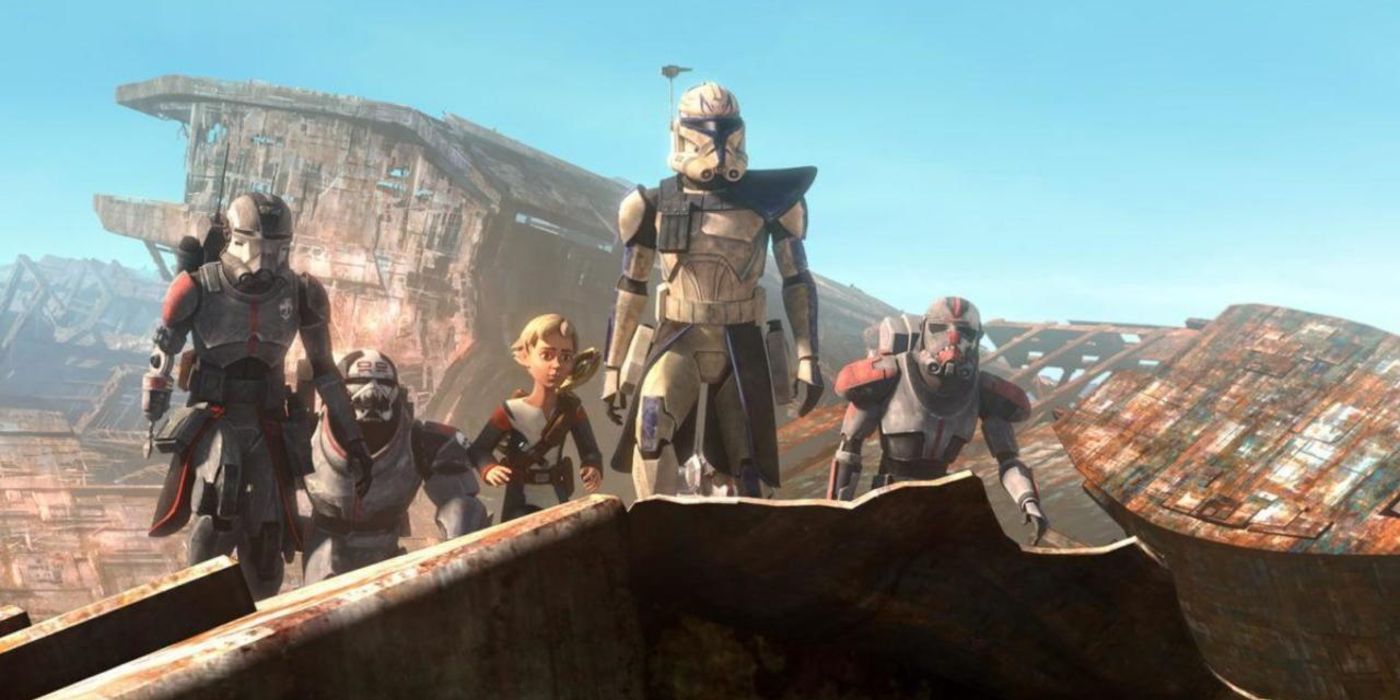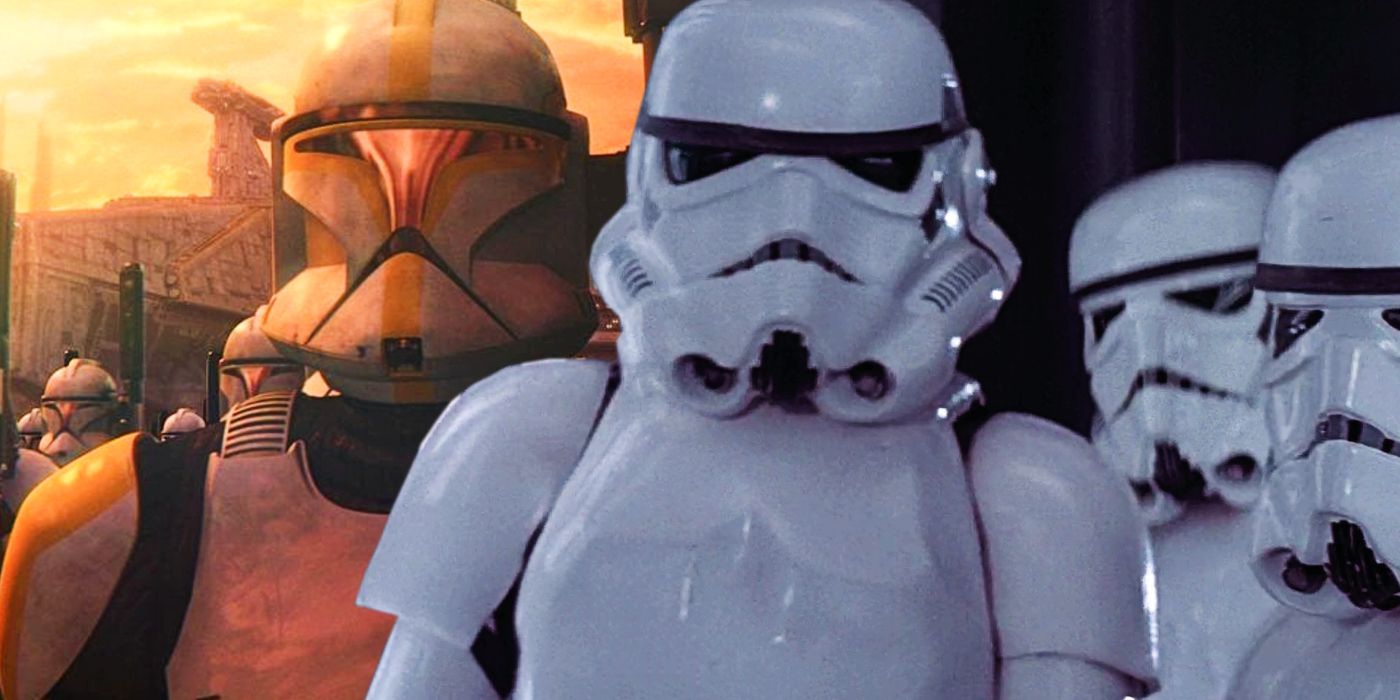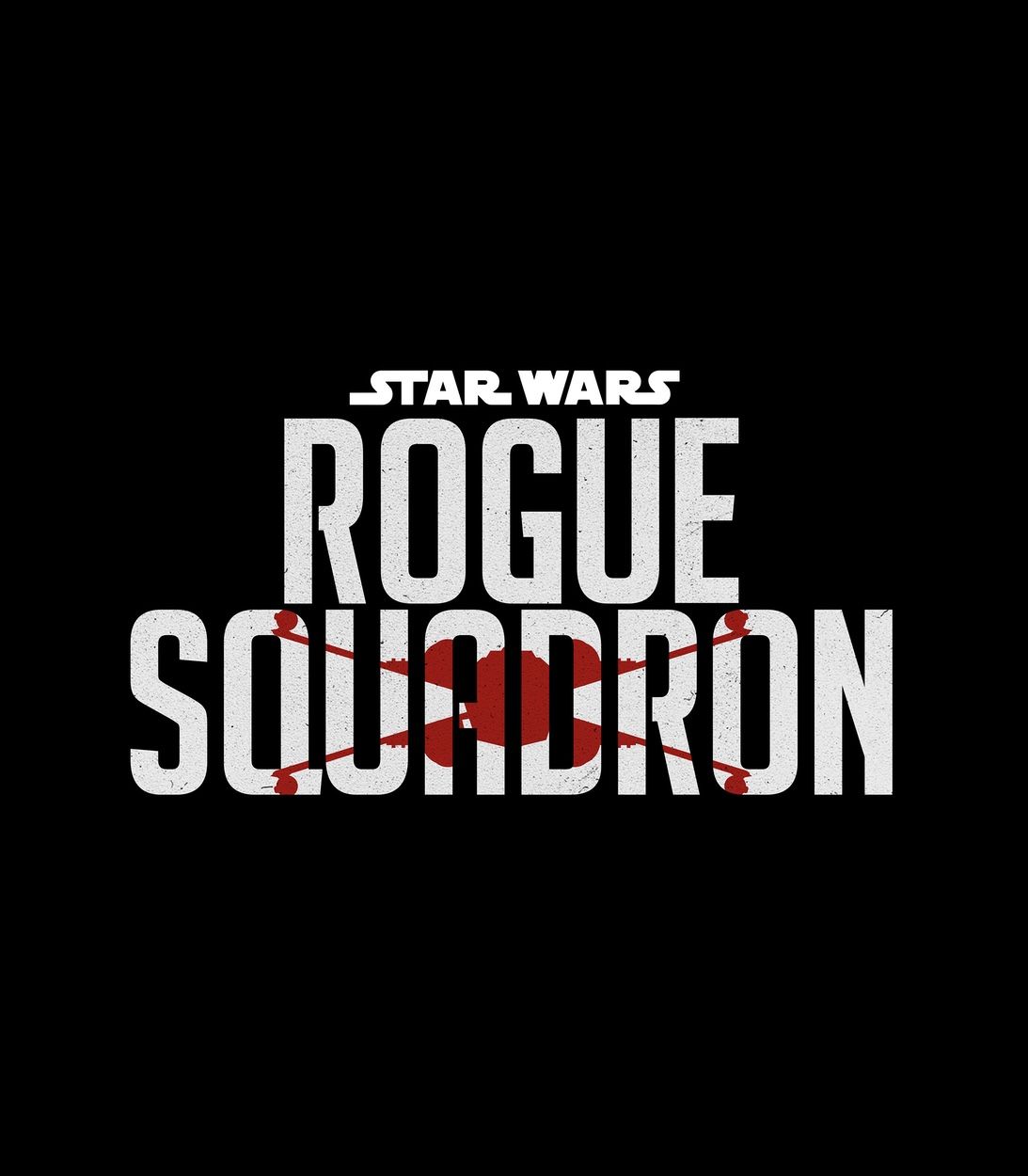Star Wars: The Bad Batch shows the transition the galaxy goes through to move from Republic to Empire-controlled. The Bad Batch deals with the aftermath of Order 66 through the eyes of Clone Force 99. Hunter and his rogue team of clones are on the run from the growing threat of the Galactic Empire as they attempt to keep their fellow defective clone Omega safe as well on their travels. Episode nine, "Reunion," ended with Omega captured by the ruthless bounty hunter Cad Bane. Although the shift from the Republic to the Empire initially seemed utterly out of the blue for the Bad Batch, they discovered that the transition had been in the works since the clones were first created.
Thanks to Omega (who the Kaminoans want back without the Empire knowing for reasons unknown), the Bad Batch realized they were in danger from the new Empire and that every single clone in existence was made with an inhibitor chip. Said chip would force them to obey orders on behalf of the Empire without question or control over their own free will. Thanks to their acts of rebellion against the new Empire, the Bad Batch effectively made themselves the most wanted clones in the galaxy.
During an exclusive interview with Screen Rant, Bad Batch producer Brad Rau went in-depth about the production team's process of handling the gradual transition from the Republic to the Empire. The shift is subtle and detailed and warrants each episode's rewatching to catch what Rau elaborates on below.
"The rise of the Empire is very interesting because… what happened to the clones? What happens to the clones? Those are very interesting things to me, as a big fan. And we’ve talked a little bit about the design of the Empire and how it’s not suddenly overnight there’s stormtroopers and TIE fighters. Some things take time, so getting into that and seeing how things marinate and how things slowly evolve, to see how the clone regs that were brothers to the Bad Batch are now bleached, wiped, devoid of color and personality has been an interesting thing to see. To see how their gear works; it’s more Republic looking, but now it’s colored in a way that feels more insidious, more Imperial. The musical cues that come into play are in some cases intentionally half clone and half Imperial. How we play around with all of that stuff is really, really fun from a creative standpoint. I’ll just say that it is a story that we do enjoy exploring and we’re going to continue to dig into that as we go forward.
Rau's explanation of the subtle details of the transition is interesting. Like Star Wars: The Clone Wars before it, The Bad Batch has effectively enhanced the existing Star Wars canon. Witnessing the former loyal soldiers of the Republic being forced to lose their free will entirely is a tragedy on par with Order 66. After all, in a way, Order 66 didn't just wipe out most of the Jedi, but it destroyed the souls of their clone brothers in arms as well. Of course, what further prolonged the tragedy of the clones is the fact that the Bad Batch are now killing their own, fully aware that their fellow soldiers can't fight against the chips.
It's a battle of survival at this point in Star Wars: The Bad Batch. The Disney Plus series has done a fantastic job of showing the rise of the Empire from the eyes of "defective" soldiers still loyal to the Republic. Will the Bad Batch last long enough to join the Rebel Alliance in the future? Time and the remaining half of the season may or may not tell. Star Wars: The Bad Batch releases new episodes Fridays on Disney+.



